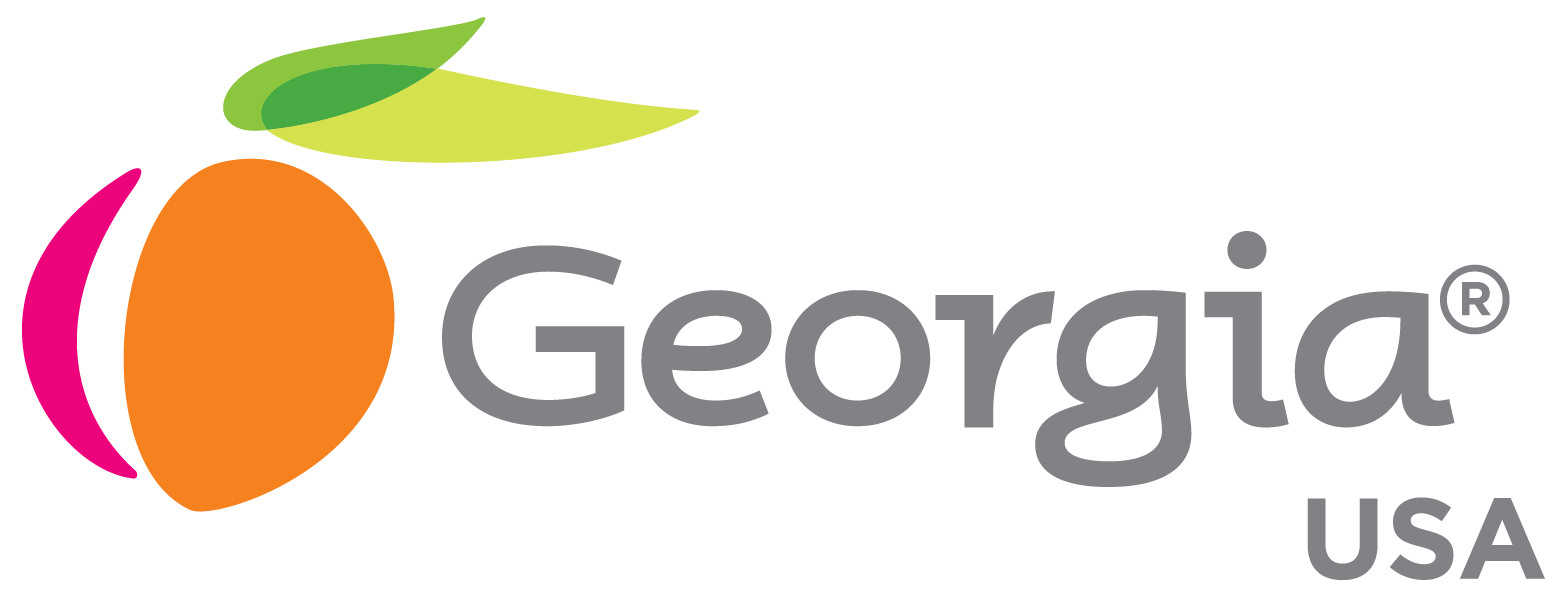Title Page
-
Conducted on
-
Prepared by
-
Location
Guidelines
-
Review and comply with Executive Order issued April 23, 2020. <br>https://gov.georgia.gov/document/2020-executive-order/04232002/download
-
Reconfigure seating. No restaurant can allow more than 10 patrons per 500 square feet of “public space.” “Public space” includes the square footage of waiting and bar areas, but does not include hallways, restrooms and spaces closed to patrons.
-
Screen and evaluate workers who exhibit signs of illness, such as a fever over 100.4 degrees Fahrenheit, cough or shortness of breath;
-
Require workers who exhibit signs of illness to not report to work or to seek medical attention. Per existing U.S. FDA Food Code requirements, employees who are sick should remain home. If an employee becomes ill or presents signs of illness at work, the operator should identify the employee’s condition during a pre-work screening and send the employee home. Restaurants shall create, maintain and follow established policies regarding when employees who have become ill are permitted to return to work. An employee with known or suspected COVID-19 must follow CDC guidelines to self-isolate for at least seven (7) days after symptom onset and end isolation only after symptoms have improved and the employee has been fever-free and/or symptom-free for three (3) consecutive days without medication before returning to work;
-
Implement teleworking for all possible workers;
-
Implement staggered shifts for all possible workers;
-
Hold all meetings and conferences virtually, whenever possible;
-
Train all employees on the importance and expectation of increased frequency of hand-washing, the use of hand sanitizers with at least 60% alcohol, and provide clear instruction to avoid touching hands to face;
-
Require all employees to wear face coverings at all times. Such coverings shall be cleaned or replaced daily;
-
Discourage workers from using other workers’ phones, desks, offices or other work tools and equipment;
-
Where possible, stagger workstations to avoid employees standing adjacent to one another or next to each other. Where six (6) feet of separation is not possible, consider spacing options that include other mitigation efforts with increased frequency of cleaning and sanitizing surfaces;
-
Establish limits to reduce contact in employee breakrooms;
-
Prohibit handshaking and other unnecessary person-to-person contact in the workplace;
-
Enforce social distancing of non-cohabitating persons while present on such entity’s leased or owned property;
-
Increase physical space between workers and patrons;
-
Limit contact between wait staff and patrons;
-
Discard all food items that are out of date;
-
Discontinue use of salad bars and buffets;
-
If providing a “grab-and-go” service, stock coolers to no more than minimum levels;
-
Ensure the Food Safety Manager certification of the person in charge is up-to-date and provide food handler training to refresh employees;
-
Thoroughly detail, clean and sanitize the entire facility prior to resuming dine-in services and continue to do so regularly, focusing such cleaning and sanitation on high contact areas that would be touched by employees and patrons;
-
Between diners, clean and sanitize table condiments, digital ordering devices, check presenters, self-service areas, tabletops and commonly touched areas and discard single-use items;
-
Use rolled silverware and eliminate table presets;
-
Remove items from self-service drink, condiment, utensil and tableware stations and have workers provide such items to patrons directly wherever practicable;
-
The use of disposable paper menus is strongly encouraged, which should be discarded after each patron use. Otherwise, businesses subject to this section shall clean and sanitize reusable menus between each use by a patron. Non-touch menus are also acceptable for use.
-
Clean and sanitize restrooms regularly, check restrooms based on the frequency of use and ensure an adequate supply of soap and paper towels at all times;
-
Implement procedures to increase cleaning and sanitizing frequency of surfaces in the back-of-house. Avoid all food contact surfaces when using disinfectants;
-
Check restrooms regularly and clean and sanitize based on frequency of use;
-
Update floor plans for common dining areas, redesigning seating arrangements to ensure at least six (6) feet of separation from seating to seating. Utilize physical barriers on booth seating when available;
-
Limit party size at tables to no more than six;
-
Where practical, consider a reservations-only business model or call-ahead seating;
-
Remind third-party delivery drivers and any suppliers of your internal distancing requirements;
-
Post signage on entrances that no one with a fever or symptoms of COVID-19 is permitted in the facility;
-
Where practicable, physical barriers such as partitions or Plexiglas at registers should be used;
-
Use technological solutions where possible to reduce person-to-person interaction: mobile ordering, mobile access to menus to plan in advance, text on arrival for seating and contactless payment options;
-
Provide hand sanitizer for use by patrons, including contactless hand sanitizing stations when available;
-
Do not allow patrons to congregate in waiting areas or bar areas. Design a process to ensure patron separation while waiting to be seated that can include floor markings, outdoor distancing or waiting in cars;
-
If possible, designate and use a separate entrance and exit from the facility;
-
Mark ingress/egress to and from restrooms to establish paths that mitigate proximity for patrons and staff;
-
Where practicable, takeout and curbside pickup services should be prioritized over dine-in services; and
-
All restaurant or dining room playgrounds shall be closed.
Completion
-
Additional Comments
-
Inspected by: (Name and Signature)














